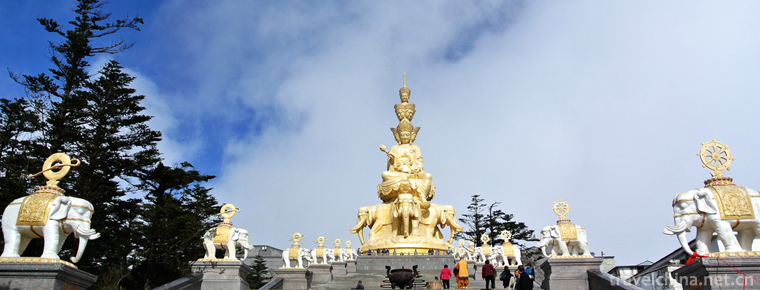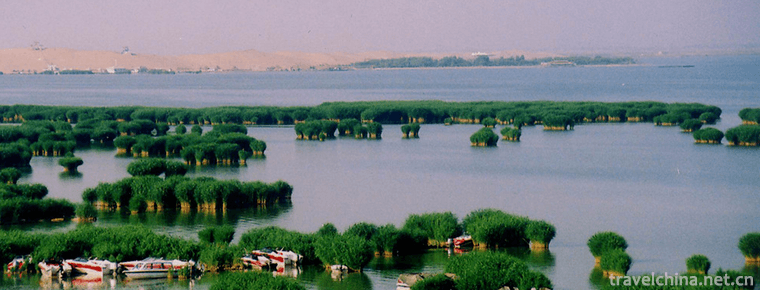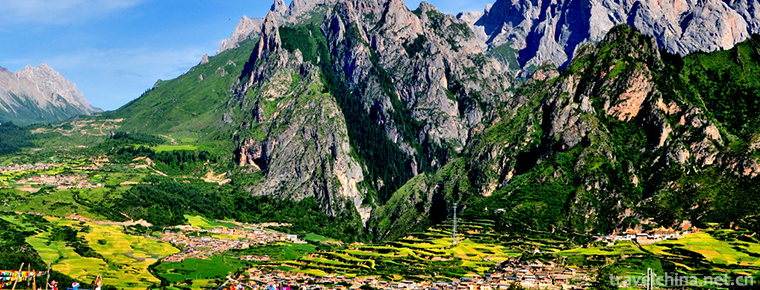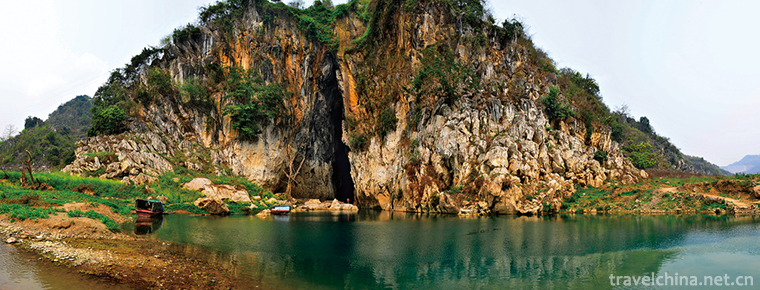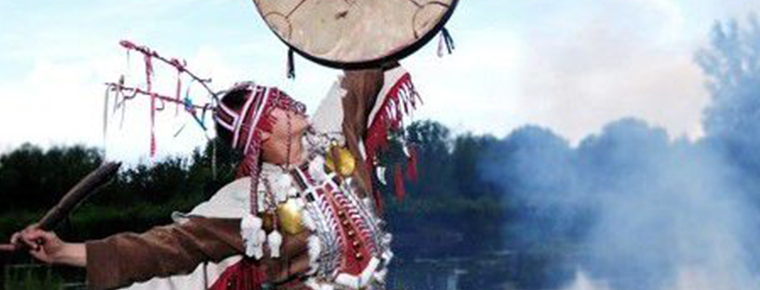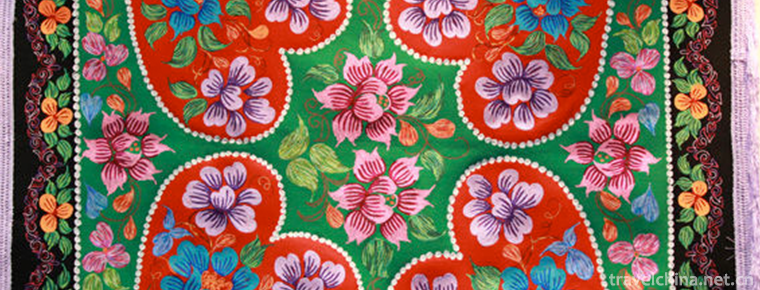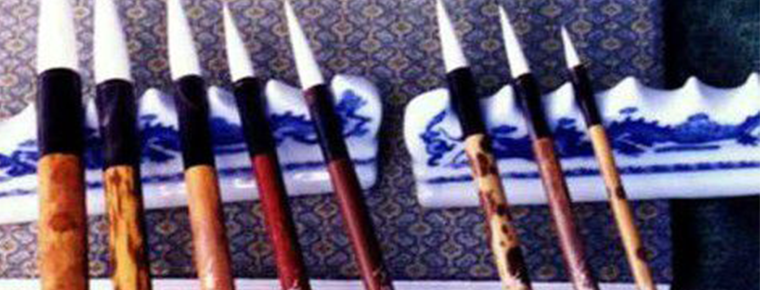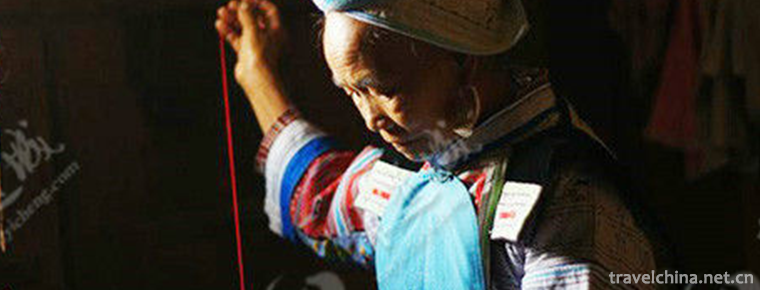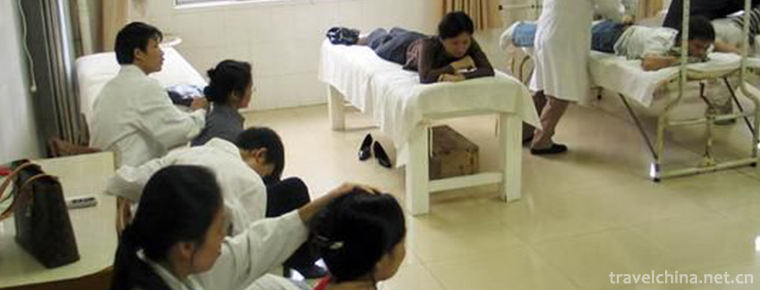Guilin two rivers and four lakes
Guilin's "two rivers and four lakes" refer to the Lijiang River, Taohua River, Mulong Lake (including Tiefotang), Guihu Lake, Ronghu Lake and Shanhu Lake. The water system around the city is 7.33 kilometers in length and the water surface area is 385,900 square meters. The project was first formed in the Northern Song Dynasty (960-1127), when Ronghu, Shanhu and Guihu were in full swing, and visitors were thriving.
Guilin, four rivers and two lakes constitute an important part of Guilin Scenery beauty. The article gives a detailed description of the general situation, social benefits, planning process and the dazzling scenery of the two rivers and four lakes in Guilin.
Due to the long history, some Hutang has been filled up. In order to reproduce the prosperity of the "water city" in Guilin and restore the urban tourism mode of the Song Dynasty, the conception of the "two rivers and four lakes" project in Guilin was first put forward by the Guilin Municipal Government on September 18, 1998. After more than 1000 days and nights of arduous struggle by builders, Guilin "two rivers and four lakes" in the morning of June 2, 2002 to achieve navigation. Liu Kezhuang, a famous poet and poet in the Southern Song Dynasty, praised Guilin's dream of "a thousand mountains surrounded by the wild, one water embracing the flow of the city".
On September 18, 1998, the Communist Party of China Guilin Municipal Committee and Municipal People's Government put forward the idea of building a water system around Guilin City, which links the Lijiang River, Taohua River, Ronghu Lake, Shanhu Lake, Guihu Lake and Mulong Lake in the Central District of Guilin, namely the "two rivers and four lakes" project. The project was officially started on August 23, 1999. On May 2, 2002, the water was opened and the trial navigation was successful. On June 2, 2002, the first phase of the two rivers and four lakes project was completed and officially opened to traffic.
The two rivers and four lakes project is a large-scale environmental protection project, a large-scale urban infrastructure construction project and a large-scale tourist attraction construction project in Guilin. The first phase of the two rivers and four lakes project has fundamentally improved Guilin's ecological environment, improved the city's functions, opened up a new pattern of downtown tourism, inherited and carried forward Guilin's long history and culture, and upgraded the city's grade and taste.
In May 2002, a branch of Guilin Huancheng Water System Construction and Development Co., Ltd. was set up, which mainly deals in water recreation projects of two rivers, four lakes and around the city. The company consists of six departments: office, finance department, Cruise Shipping Management department, sales department, business department and wharf management department. It has more than 200 employees and more than 40 cruise ships. It has the reception capacity of more than 6000 people per day.
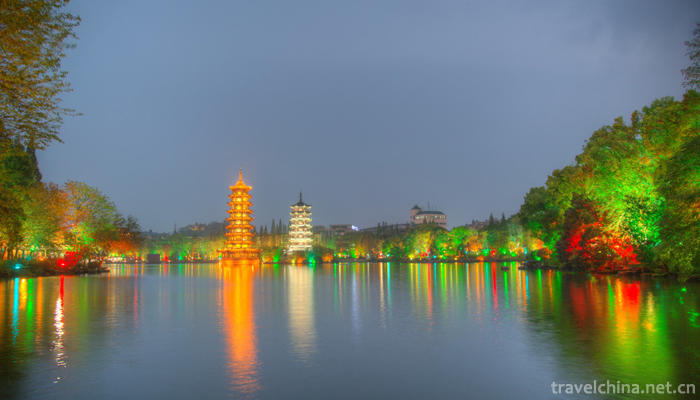
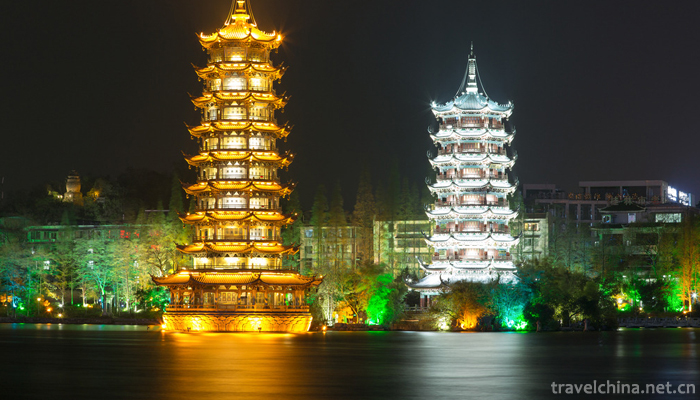


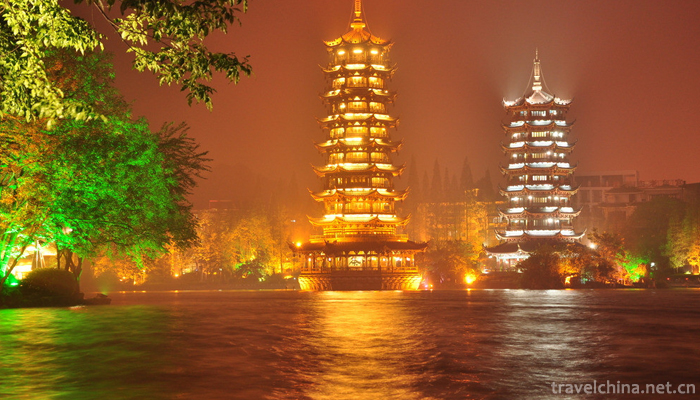
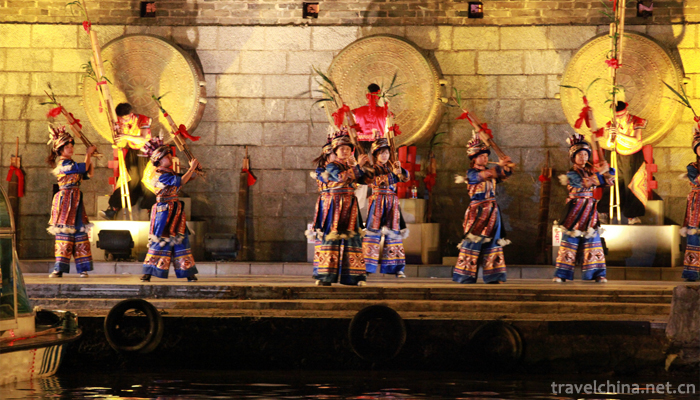
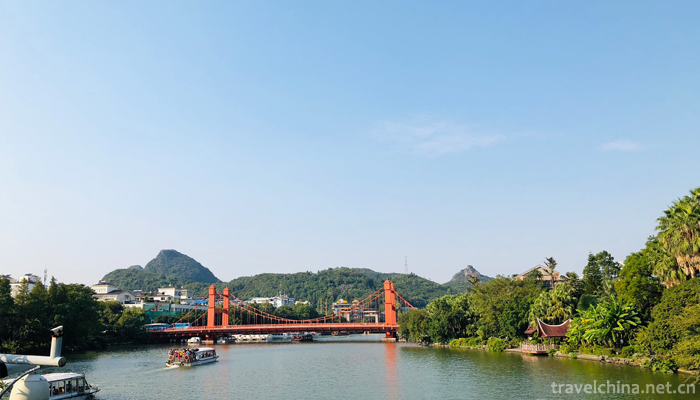
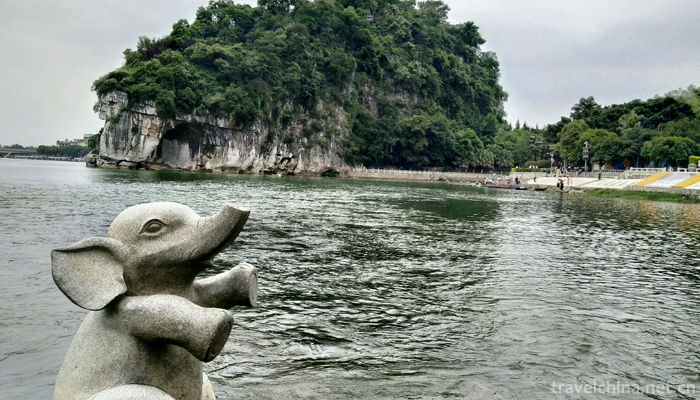


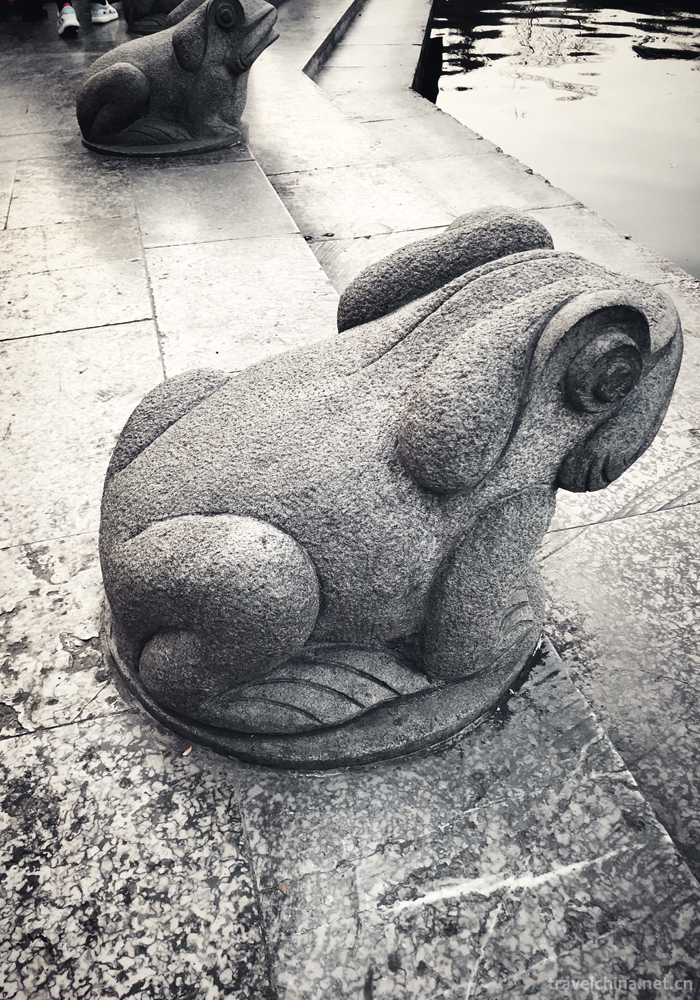
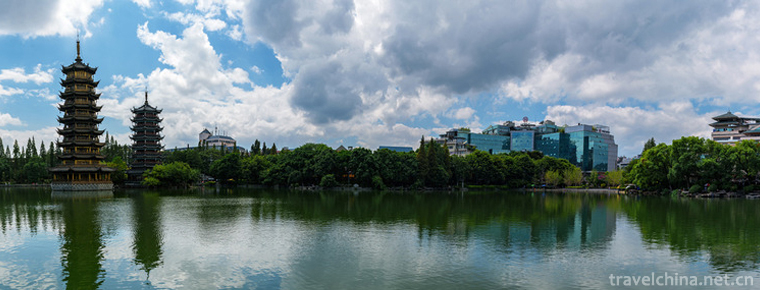
Guilin two rivers and four lakes
-
Mount Emei
Mount Emei is located in Mount Emei, Leshan City, Sichuan Province, China.
Views: 406 Time 2018-10-13 -
Shahu Sand Lake tourist attraction
In 1996, Shahu Lake was listed as one of the 35 trump-card scenic spots in China. In 2000, Shahu Lake was designated as "National Civilized Tourism Scenic Spot" by the Central Office of Spir
Views: 194 Time 2018-12-12 -
Yellow River First Beach
Views: 185 Time 2018-12-22 -
Yanzidong in Jianshui County
Jianshui Swallow Cave is located in the Lujiang River Valley, more than 20 kilometers east of Jianshui County, Honghe Hani and Yi Autonomous Prefecture, Yunnan Province.
Views: 125 Time 2019-01-21 -
Shaman Dance of Ewenki Nationality
Shaman dance of Ewenki nationality is a traditional dance of Ewenki nationality. It is a national cultural heritage of China and is spread in Genhe region of Inner Mongolia Autonomous Region.
Views: 174 Time 2019-04-28 -
Kazakh felt embroidery and cloth embroidery
Kazakh folk traditional felt embroidery and cloth embroidery handicraft are mainly spread in Xinjiang Kazakh soft residential areas, such as the Sixth Division Red Banner Farm
Views: 364 Time 2019-05-02 -
Craftsmanship of Lake Pen
Hubi craftsmanship, the traditional handicraft of Shanlian Town, Huzhou City, Zhejiang Province, is one of the national intangible cultural heritage.
Views: 224 Time 2019-05-03 -
Miao embroidery
Miao embroidery refers to the embroidery skills inherited by the Miao people in China. Miao embroidery in Leishan County, Guiyang City and Jianhe County of Guizhou Province has different forms and sty
Views: 169 Time 2019-06-05 -
Uygur Sainem
Among the numerous traditional folk dances, "Sainem" is the most common form of Uygur folk song and dance. It is widely spread in the towns and villages in the north and south of Tianshan Mo
Views: 207 Time 2019-06-27 -
Bone setting therapy of traditional Chinese medicine
Bone-setting, traditional Chinese medicine refers to the treatment of fracture, dislocation and other diseases by pushing, pulling, pressing and pressing. Orthopaedics, as a specialty name, is a speci
Views: 331 Time 2019-08-10 -
Beijing Second College of Foreign Languages
Beijing Second Foreign Language College is a famous university with advantages of foreign language and literature and tourism management, and coordinated development of literature, management, economi
Views: 341 Time 2019-09-06 -
Deyang tertiary industry
In 2018, the annual real estate development investment in Deyang City was 14.98 billion yuan, an increase of 42.6% over the previous year. The construction area of commercial housing was 15.827 million square meters, an increase of 24.9%; the completed area
Views: 359 Time 2020-12-14
